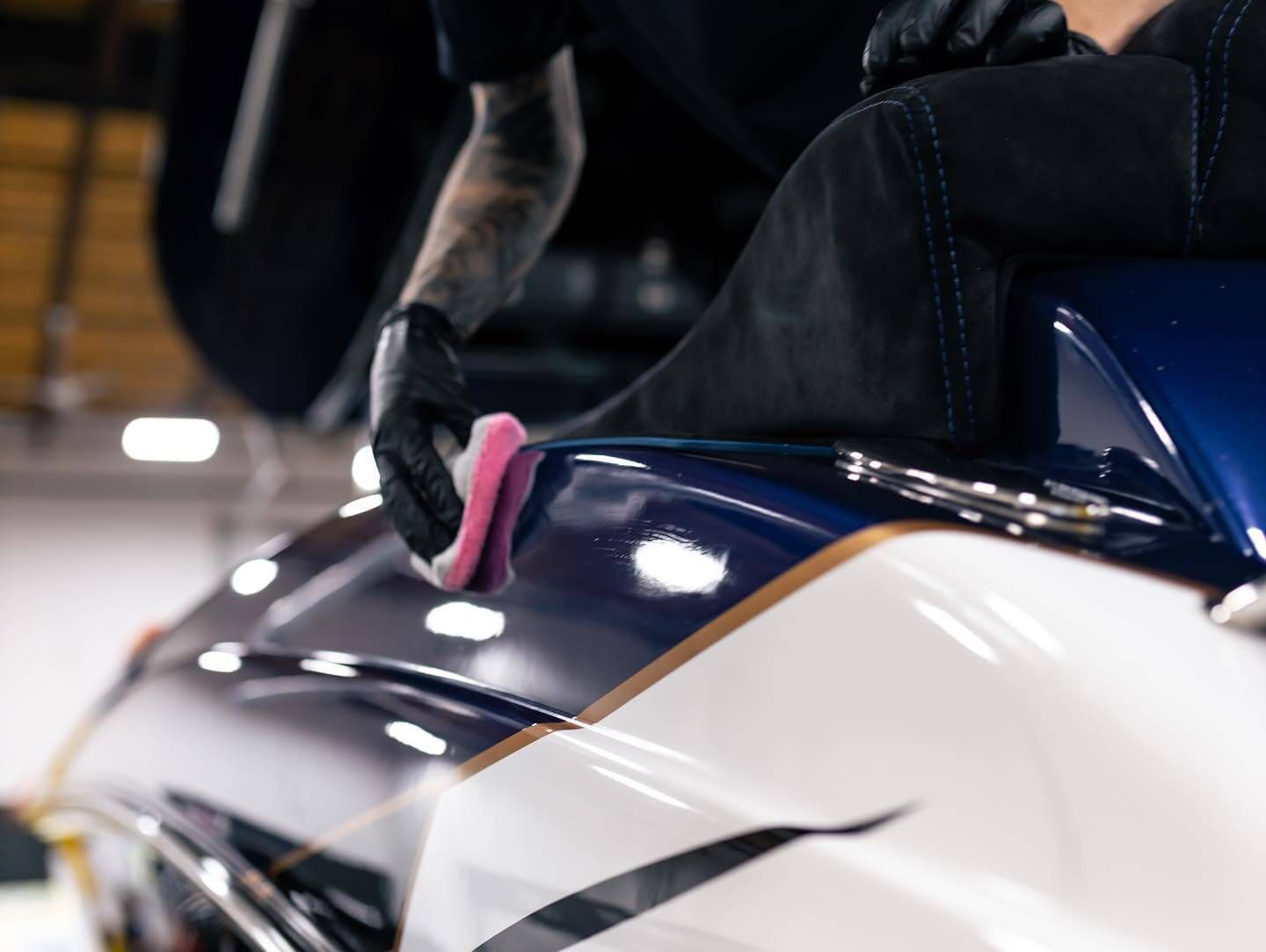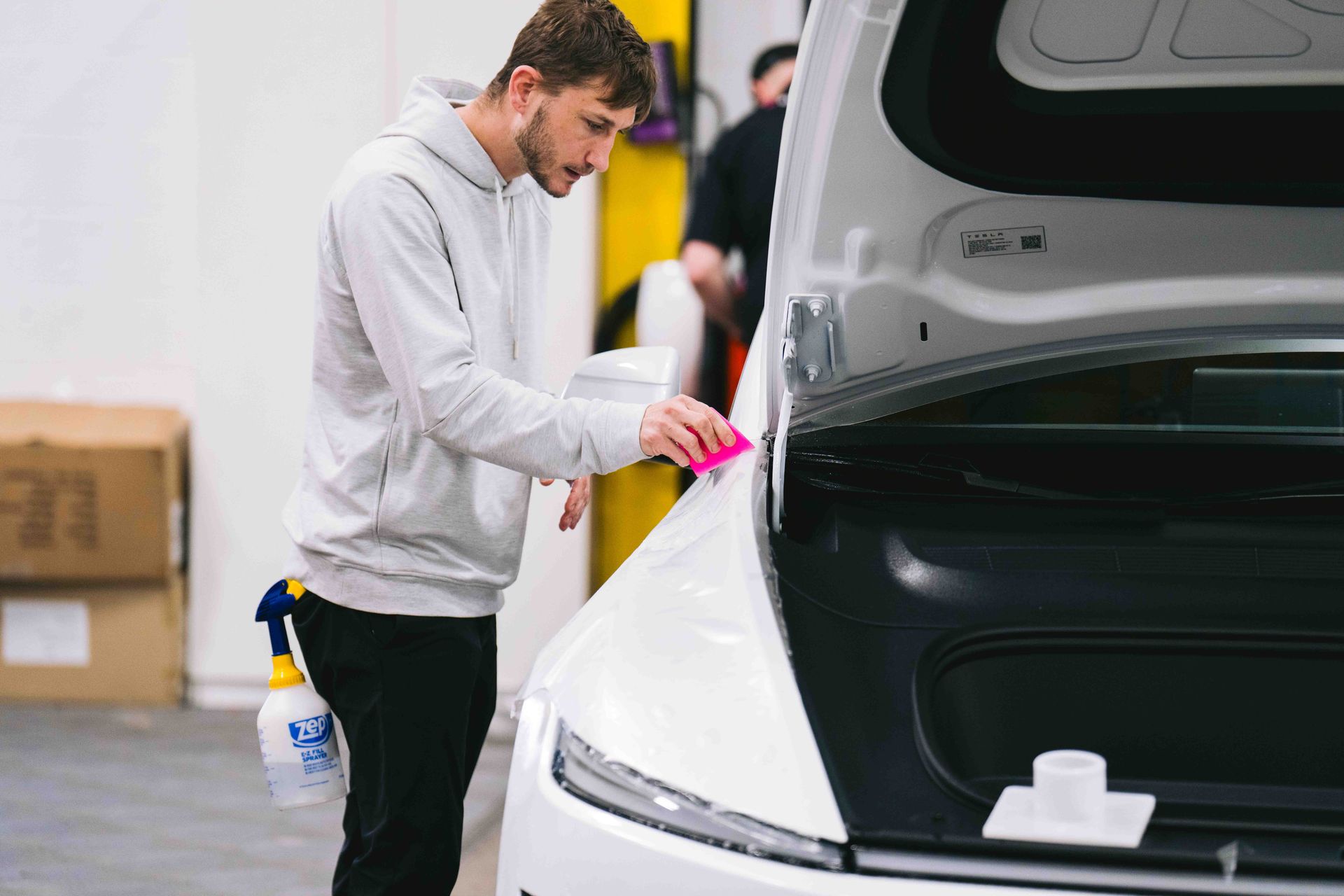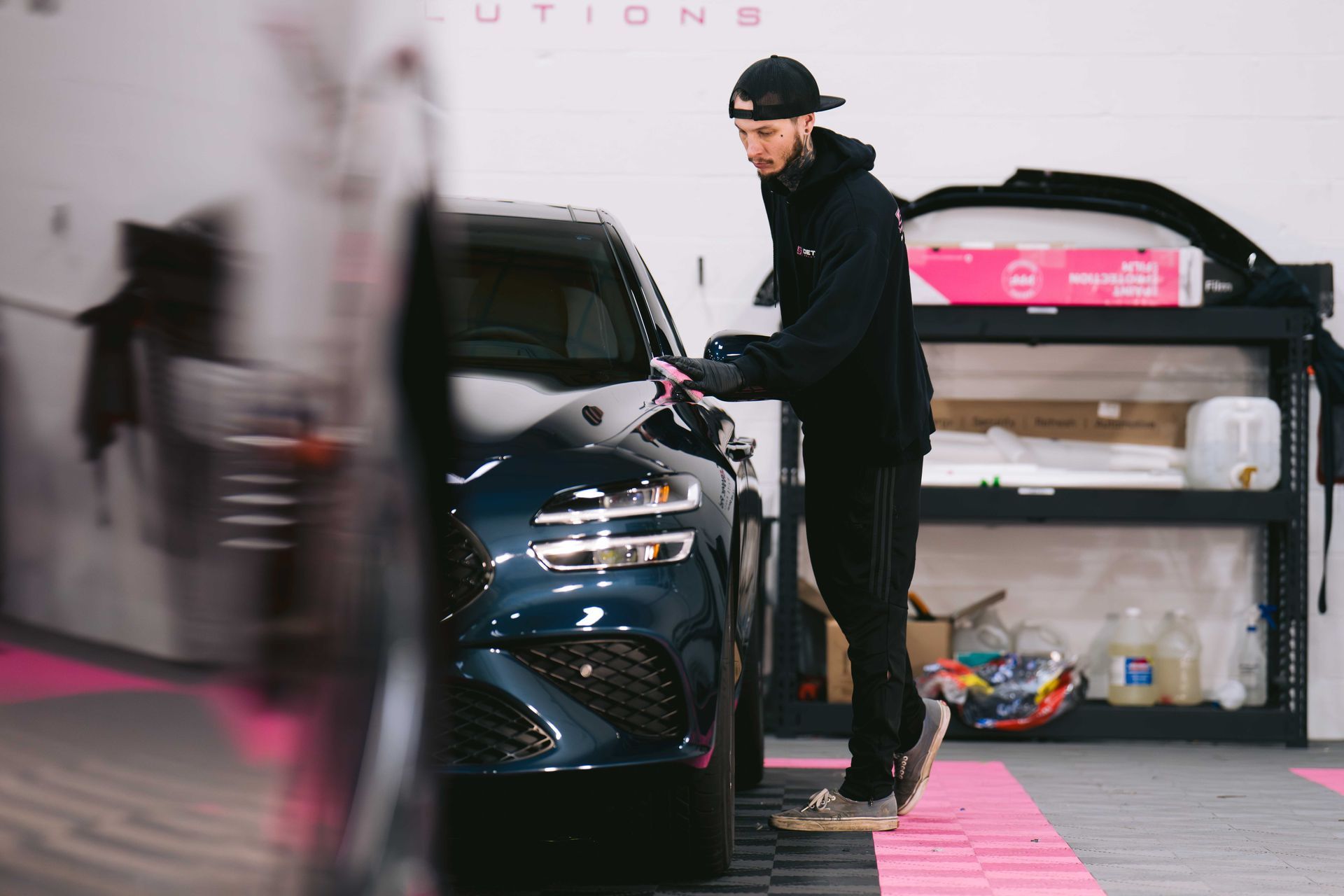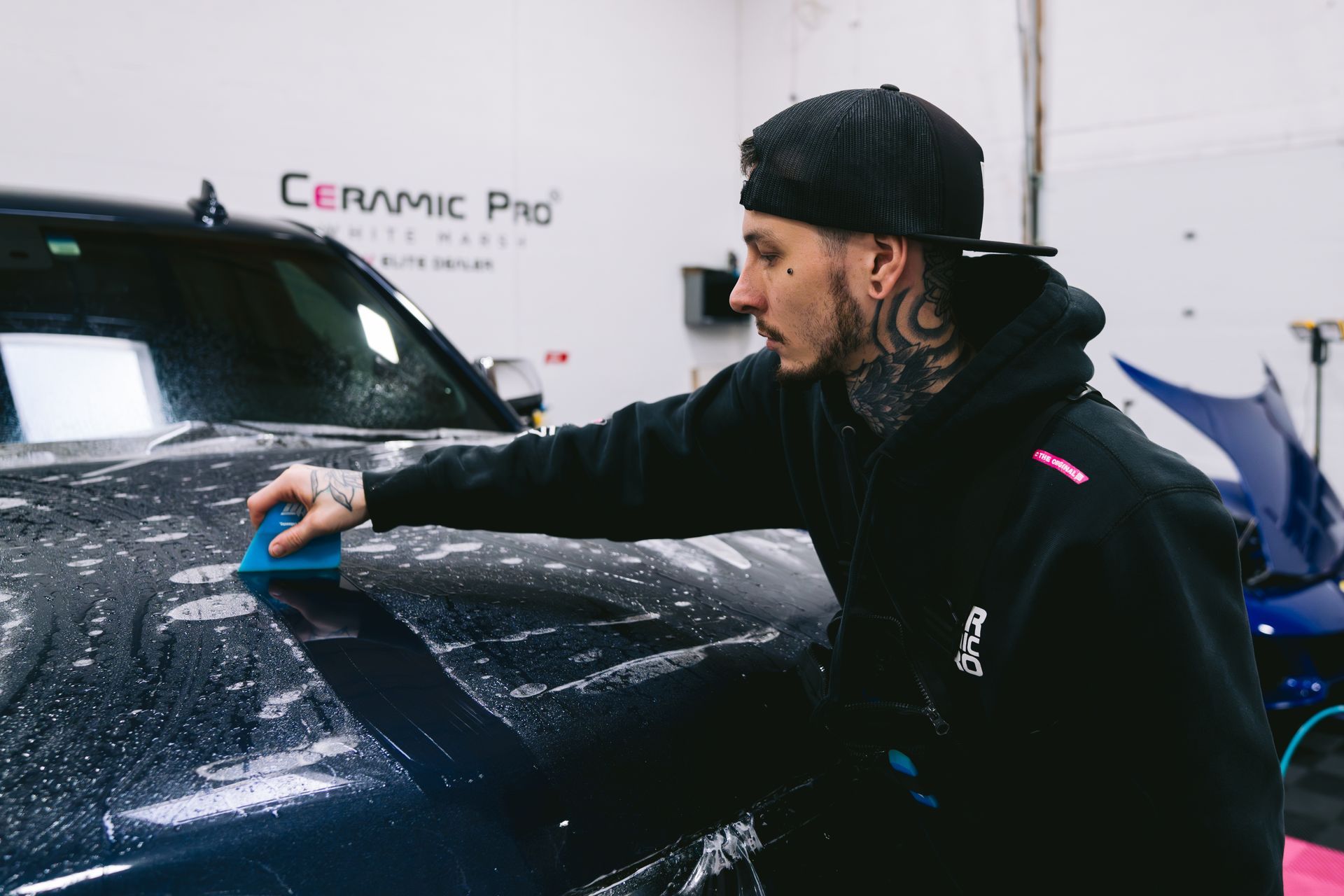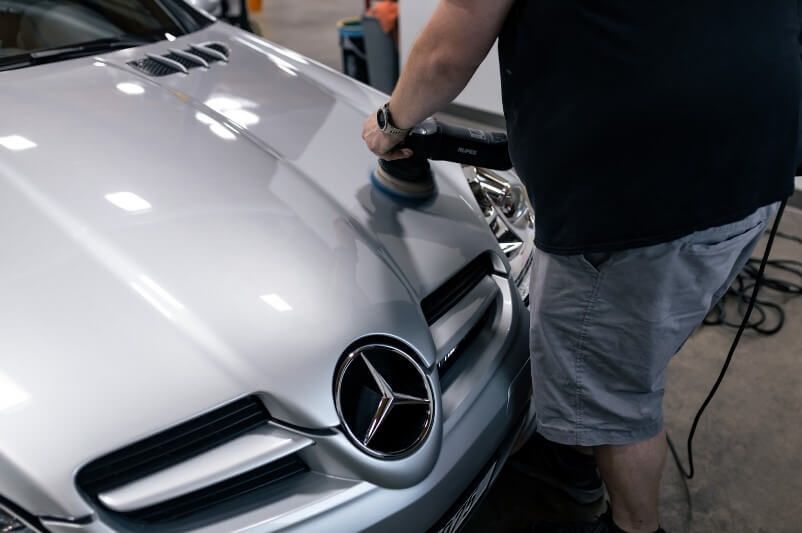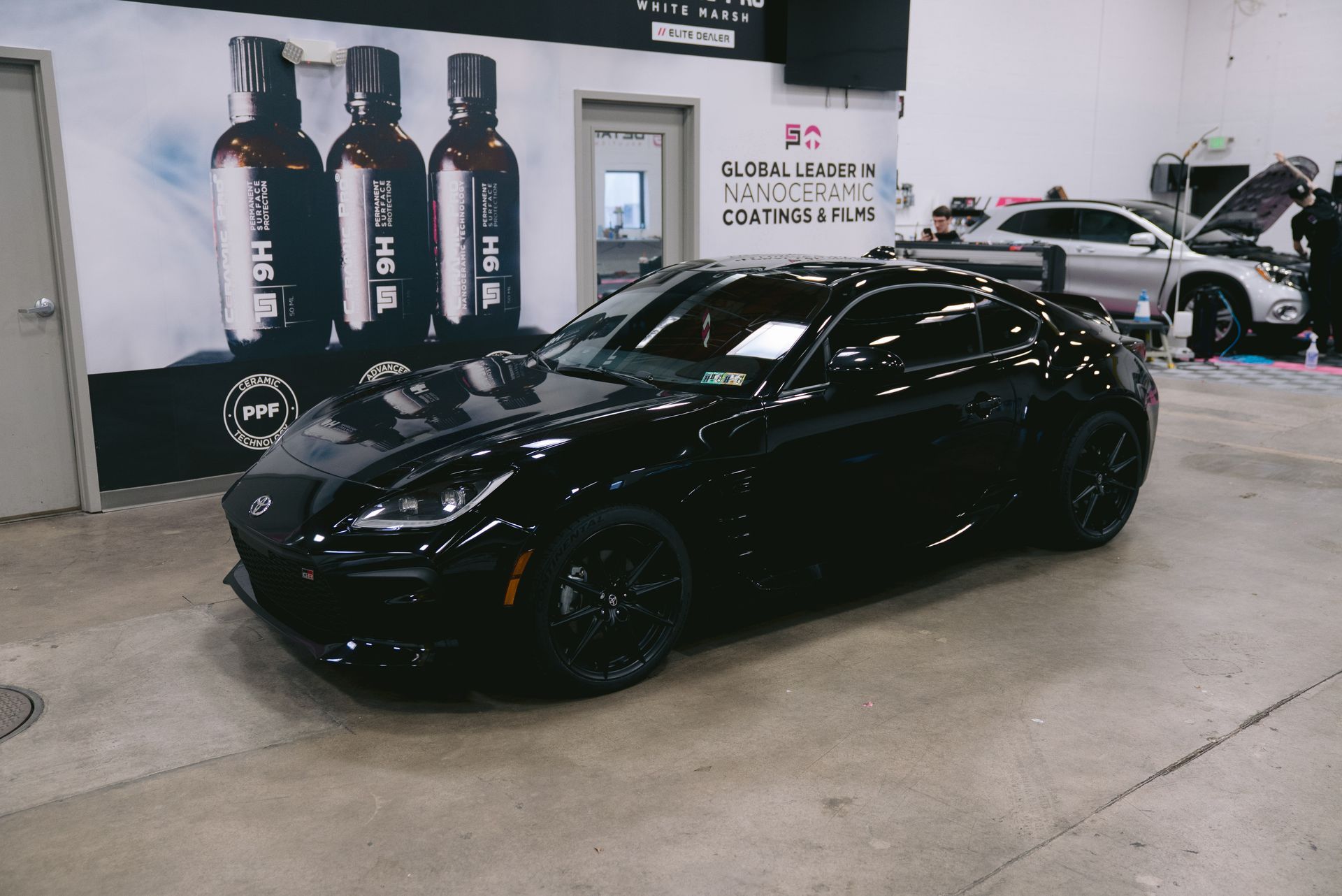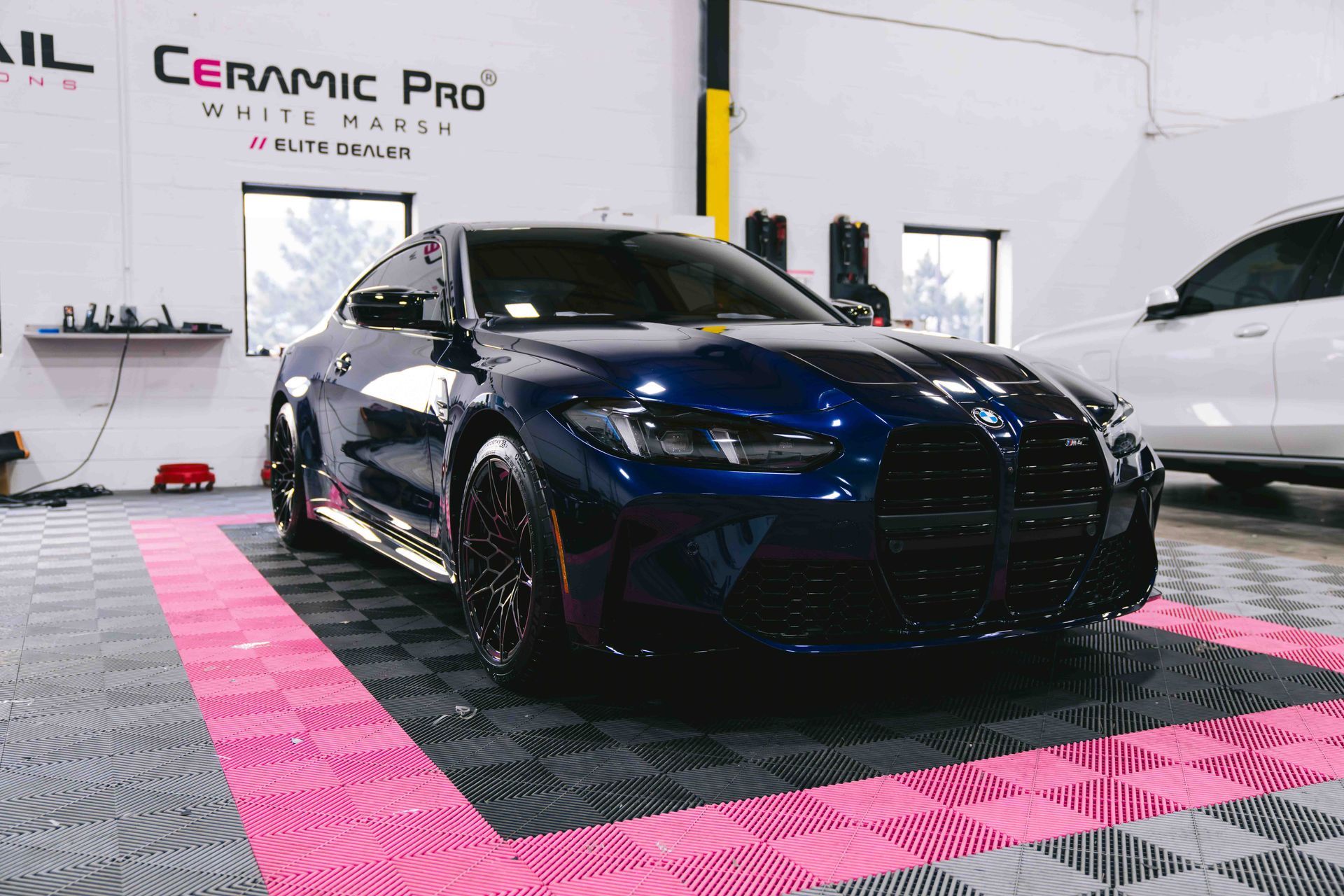Car detailing keeps your car looking at its best. It helps protect your interior finishes and exterior paint from having a clear coat. It also removes smells and stains that you might not remove when cleaning the car yourself. Detailing also helps you if you want to sell your car as the detail job retains its resale value.
A full car detail covers all its non-mechanical components; tires and wheels, the interior surfaces, exterior paint, chrome trim, car seats, and carpets. It includes claying, waxing, and polishing. It is good to take your car for detailing every four to six months. It also depends on you and the type of car you have. If you do car detailing often, your vehicle will be in the best condition.
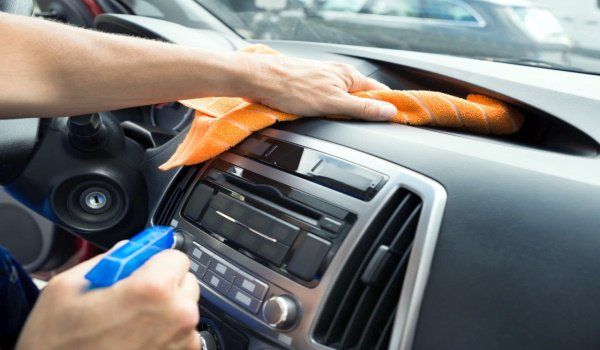
What To Do Before Getting Your Car Detailed
The following are the steps to take when planning to take your car for detailing services;
Plan and Call in Advance
The best car detailers are normally booked for several weeks. To get the exact time you want, you should call, text, or email them and book a day in advance for your detail service job.
You can ask how long it can take to help you prepare on time. The time depends on how dirty your car is, how you would like your car to be detailed, and the size of the car. Usually, it can take 30 minutes to a day to finish a car detailing.
Know Exactly What You Want
Knowing what you want is crucial before booking your auto detailing. Look for the options available for you on the services page of your detailer. Ask questions that need clarification, and in case you do not know what kind of services your car needs ask your detailer-he will get the correct service that your car needs.
Some professionals are mobile, so if they do not prepare beforehand and carry the car detailing supplies they require, it can be hard to address all your concerns. Therefore, it is good if you have issues such as stains in the seats or you need pet hair removal to let your detailer know early. It will also help schedule the right amount of time for your vehicle.
Clear Out Your Vehicle
If your car is full of items, such as papers, personal items, or bags, your detailer will spend more time taking them out. This mess will reduce the time for the actual detailing. You might not get the best service as a result.
You should take the items out of the gloves box and any other storage spaces in your car. Removing all of your personal belongings from the vehicle ensures that nothing will be lost or stolen. You can still use some of them, for example, the laptop or your mobile phone, when the auto detailer is working on your car.
Rinsing Your Car
Before you take your car for professional car detailing, it is important to rinse it thoroughly. Clear loose dirt on the car's exterior and pay attention to the wheels. This step is crucial because you can avoid scratching the exterior paint when scrubbing out dirt.
Washing Your Vehicle
You should wash your vehicle thoroughly when preparing for auto detailing. You need to make sure it is clean before the detailed part of car detailing. There are different ways to wash a car. These include; a maintenance car wash, full decontamination, or a deep clean car wash where you use a strong citrus shampoo to help remove heavy dirt and contaminations.
You can use one bucket with soapy water and another without soap for rinsing for thorough cleaning. Avoid using too much soap because the surface will be cloudy when it dries. Most soaps have instructions on the amount to use. If the soap water on the surfaces starts to dry, use a hosepipe to rinse, thus making it easier when drying the car.
When you clean your car, you can avoid additional costs because some companies will add costs after they see there is much work required. Washing your vehicle will also help you save a lot of money on the detailing service in the future.
Drying Your Car
Ensure that you dry your vehicle well after washing it and the car detailing process. Wipe out the water with a dry microfiber cloth from top to bottom. Doing this helps prevent the forming of water spots. If you drop the cloth, do not use it again to dry your car. The dirt in it can scratch the paint on the car surfaces.
You can use any of these two methods:
Pulling- Involves putting the cloth on one part and pulling it smoothly. The towel’s weight removes the water.
Patting – In this method, the towel is folded in a square shape, and then you can pat it lightly to remove water.
Ensure There Is Room to Work
Suppose your car detailer is mobile. Make sure your location has enough space for the detailing job and that they can access all sides of your car and be able to open all the doors.
Look out for any hazards around, such as tree branches and yard equipment, ensure the ground is stable for safety, and there is a parking space for the detailer’s van. Check if you need permission when your detailer comes to your place of work or at a relative or friend's house.
Exterior Prep
Take time and walk around the car and check for issues like water spots, scratches, and stone chips. You can take photos showing the car and door panels clearly and document the problems so the professional detailers will be aware of the damaged pieces. This will protect you if anything happens to your vehicle after the detailing service.
Visit The Detailing Experts: Detail Solutions
To get the best-detailing results, you must go to a professional with a lot of experience and knowledge detailing cars. If you are in Maryland or its environs, you can visit Detail Solutions; Baltimore's top automotive detailing and protection shop.
For more information on car detailing and to get a free quote, you can visit Detail Solutions at our office at 8967 Yellow Brick Rd Suite A-B, Rosedale, Maryland. You can also call (410) 238-3000 or email us at sales@baltimoredetail.com to book an appointment or make any inquiries.

